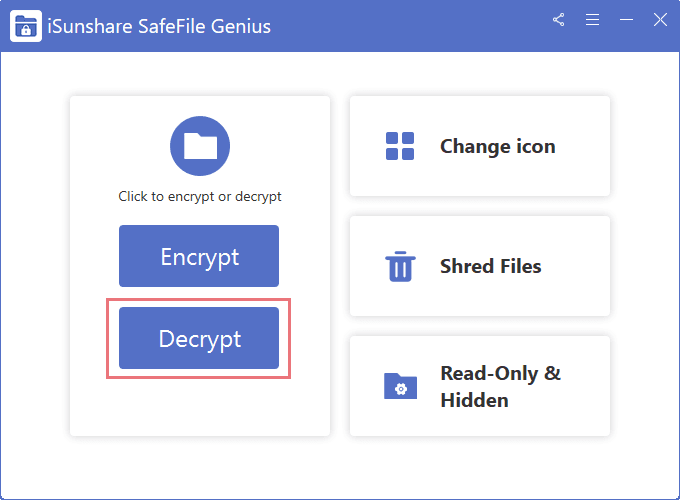Securely Hide and Protect Your Private Files Stored on USB Drive

USB drive is high praised for its portability and large capacity, and most people are accustomed to storing files on it. In social life, it's normal that sometimes friends and colleagues borrow USB drive from us while our private files stored on the USB drive. Well, you may find yourself in a dilemma when facing this situation.
You may have heard the solution that using the built-in tool "BitLocker" to protect files. But is there another way to avoid this embarrassing situation? The answer is "Yes".
In this post, I'll demonstrate to you three reliable ways that you can hide and protect private files securely and effectively.
Way 1: Use File Explorer
Windows allows you to hide all kinds of items or folders, using built-in tool "File Explorer".
Step 1: Right-click on the folder or files you want to hide, select Properties.
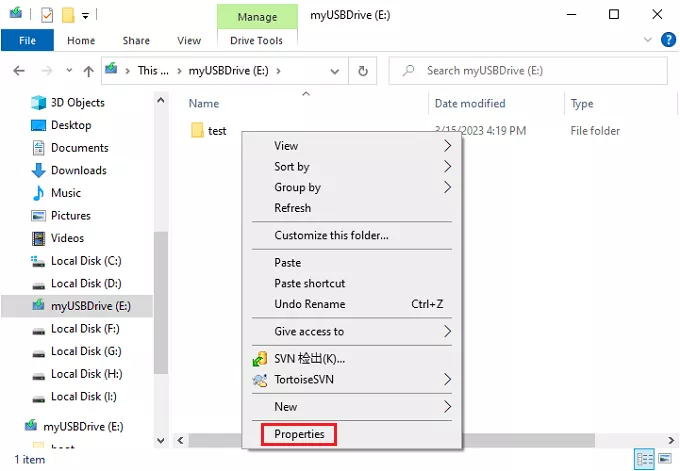
Step 2: In the General tab, check the checkbox Hidden and click OK button.

Step 3: The change is applied immediately if you hide a file. If it is a folder, a prompt named "Confirm Attribute Changes" will pop out and you will be asked to choose an option from the listed two options. Select an option you prefer and click OK.
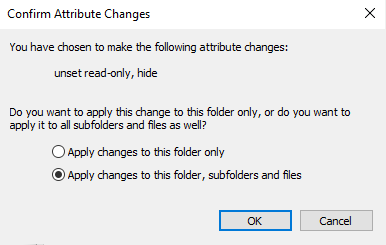
Step 4: You may find the file grayed out, just like this:
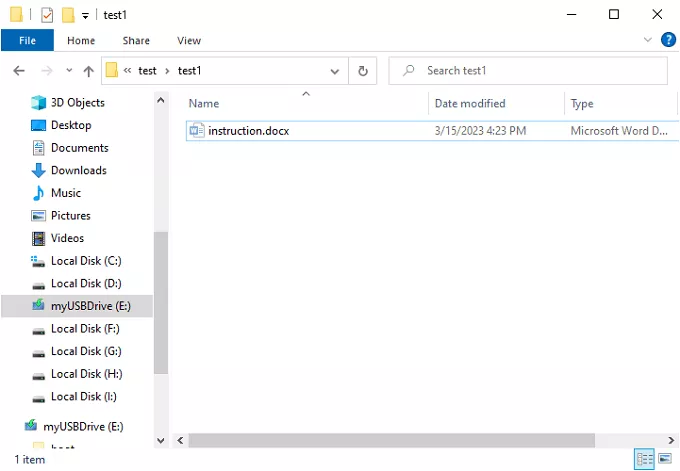
To completely hide the file, click the View tab in File Explorer and uncheck "Hidden items", now the hidden folder won't be seen.
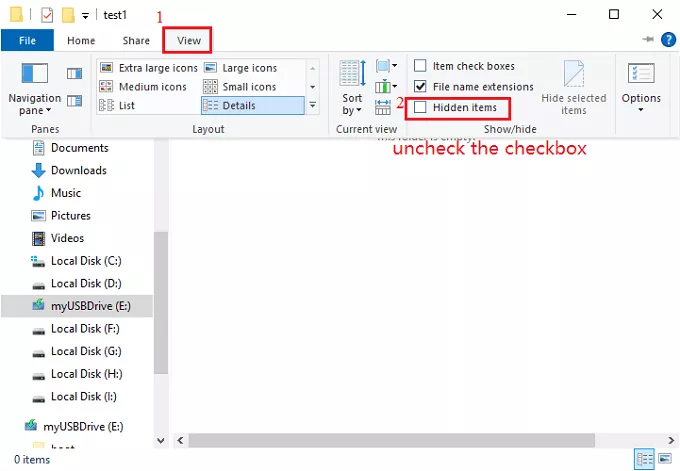
However, your files are still easily exposed with this method if the ohter computers check the Hidden items. It is not secure enough to hide your private files.If you'd like to hide and protect your files in a high secure way, you need the professional encryption tool.
Way 2: Use Professional Tool iSunshare SafeUSB Genius
iSunshare SafeUSB Genius, a robust and multifunctional encryption tool, can help you strongly and quickly protect the USB disk in seconds. You can encrypt your USB drive with a password to protect all important or private data stored on your USB drive.
Step 1: Download and install iSunshare SafeUSB Genius on your Windows PC, then launch it.

Step 2: Plug your USB drive into your computer, and the software will detect your device information automatically. Click Encrypt button among the four buttons.
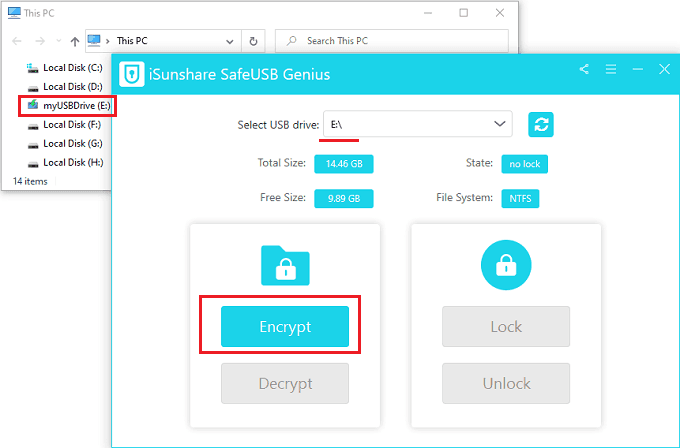
Step 3: You need to set up a password of at least 6 digits or letters and enter it twice. After that, click Encrypt to start encrypting your USB data.
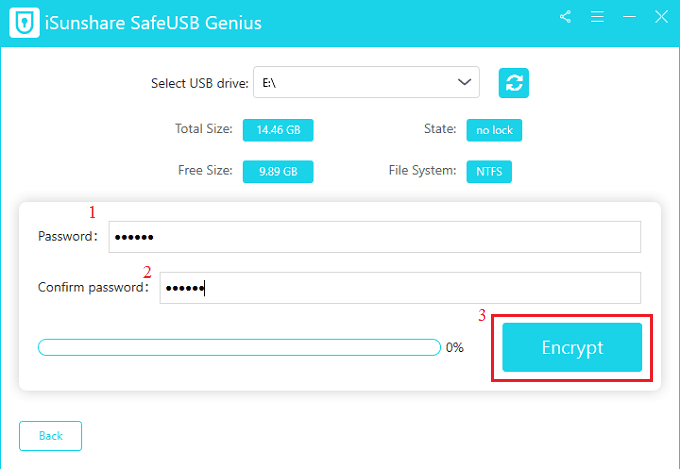
Step 4: After successfully encrypting your USB drive, click OK button to continue.
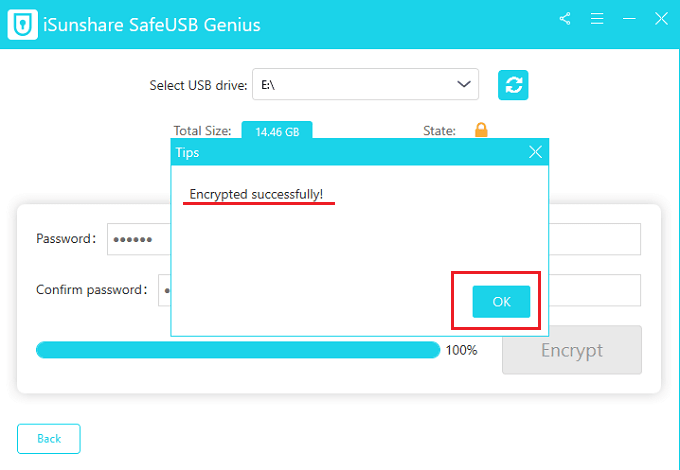
Step 5: Now all files in the USB drive are hidden unless you decrypt with the correct password, and you can lend your USB drive to your friends and colleagues without worrying about leaking information. (You can click Decrypt button in the interface to decrypt you USB drive.)
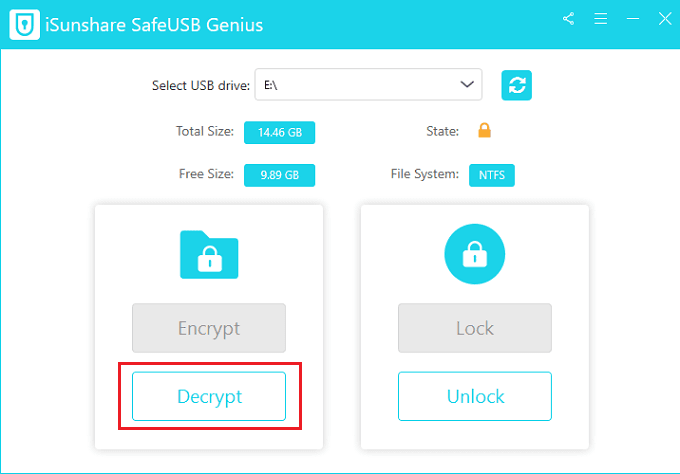
Way 3: Use Professional Tool iSunshare SafeFile Genius
iSunshare SafeFile Genius can secure your important and private information stored in USB drive on Windows PC with its powerful ability. Instead of hiding all the files and locking the entire USB drive, it is the most prominent feature that you can encrypt the specific file or folder with password. This software will bring you a refreshing experience.
Step 1: First, software should be downloaded and installed.

Step 2: Launch the software, click Encrypt button in the interface.
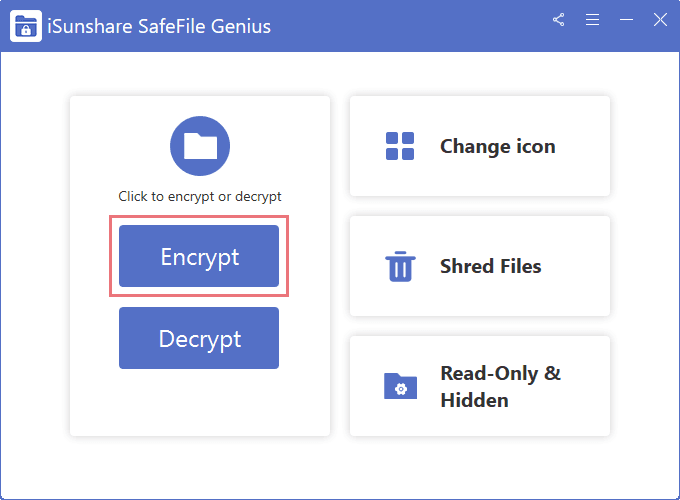
Step 3: Click the Folder button on the left to select a folder you want to encrypt and click Next button.
Or you can click the File button on the right to select a specific file and click Next.
Step 4: Set a password of at least 6 characters and confirm it for the second time. Then click Encrypt button to start encrypting.
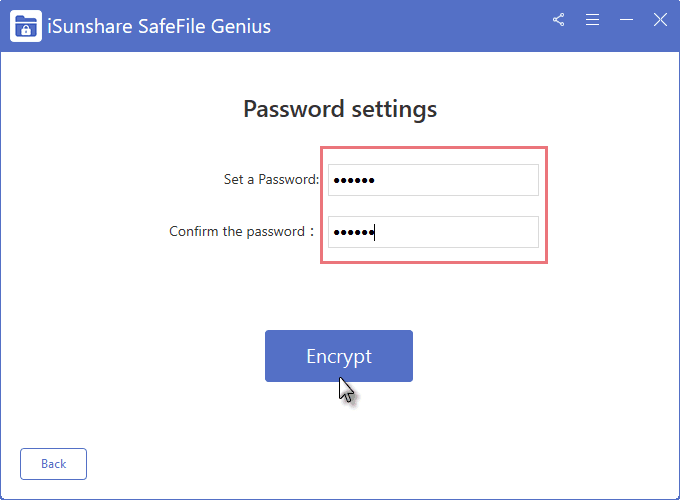
Step 5: Soon later, an inaccessible file with lock icon will be created from the original file, which is the encrypted file.
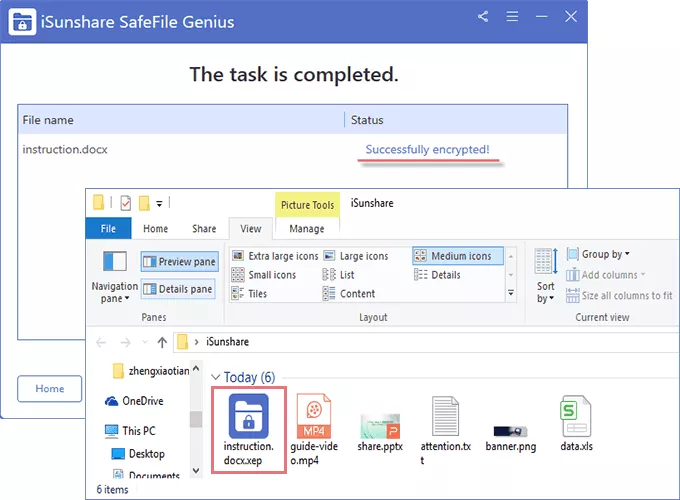
Note: To security, iSunshare SafeFile Genius won't delete the original and unencrypted file during encryption, but you can choose to delete them by yourself.
Step 6: If you want to recover your files, click Decrypt button, input password you set before when a new window brought to you, and the files will be returned to your USB drive on your previous location after successfully decrypting.
